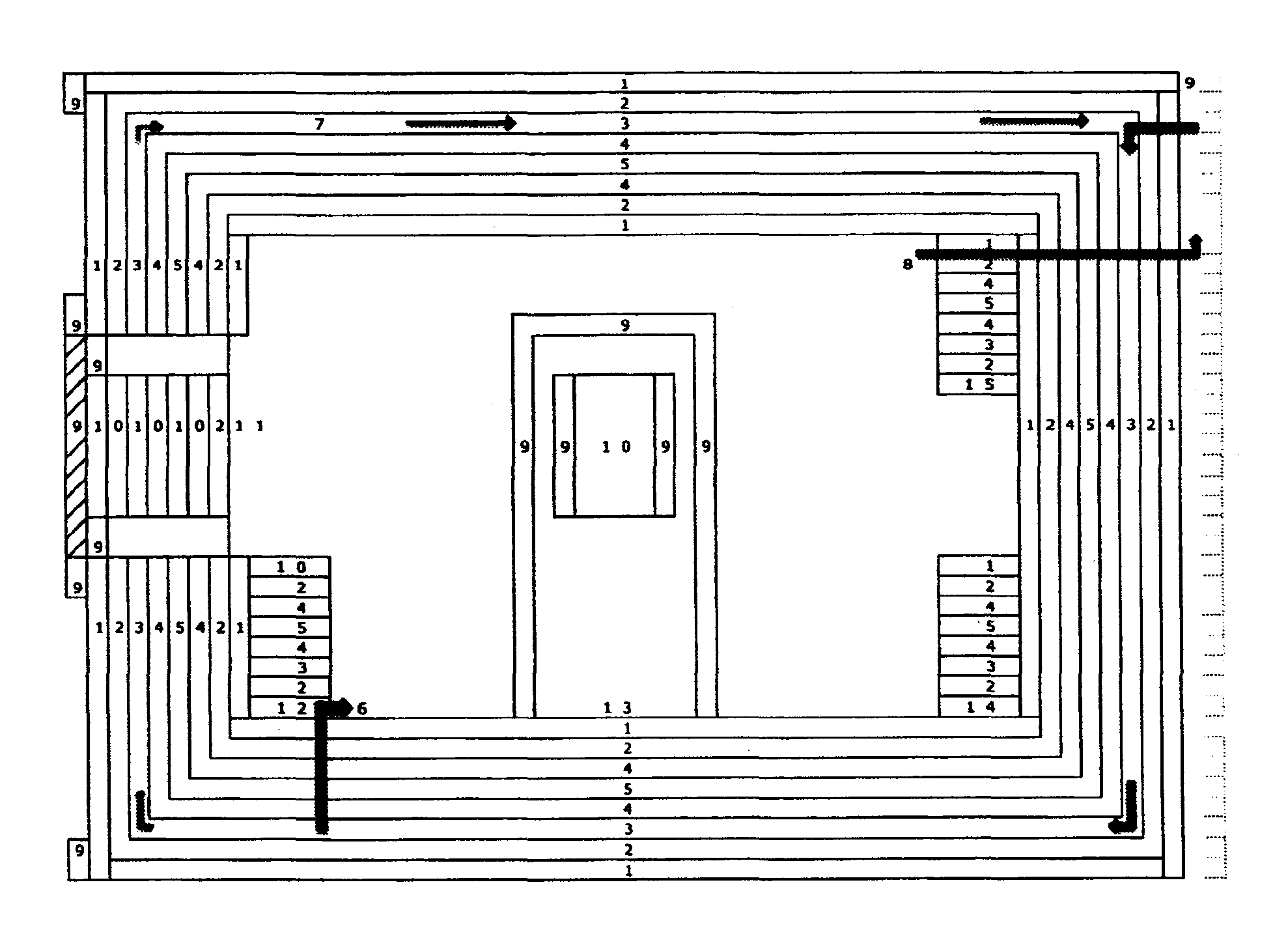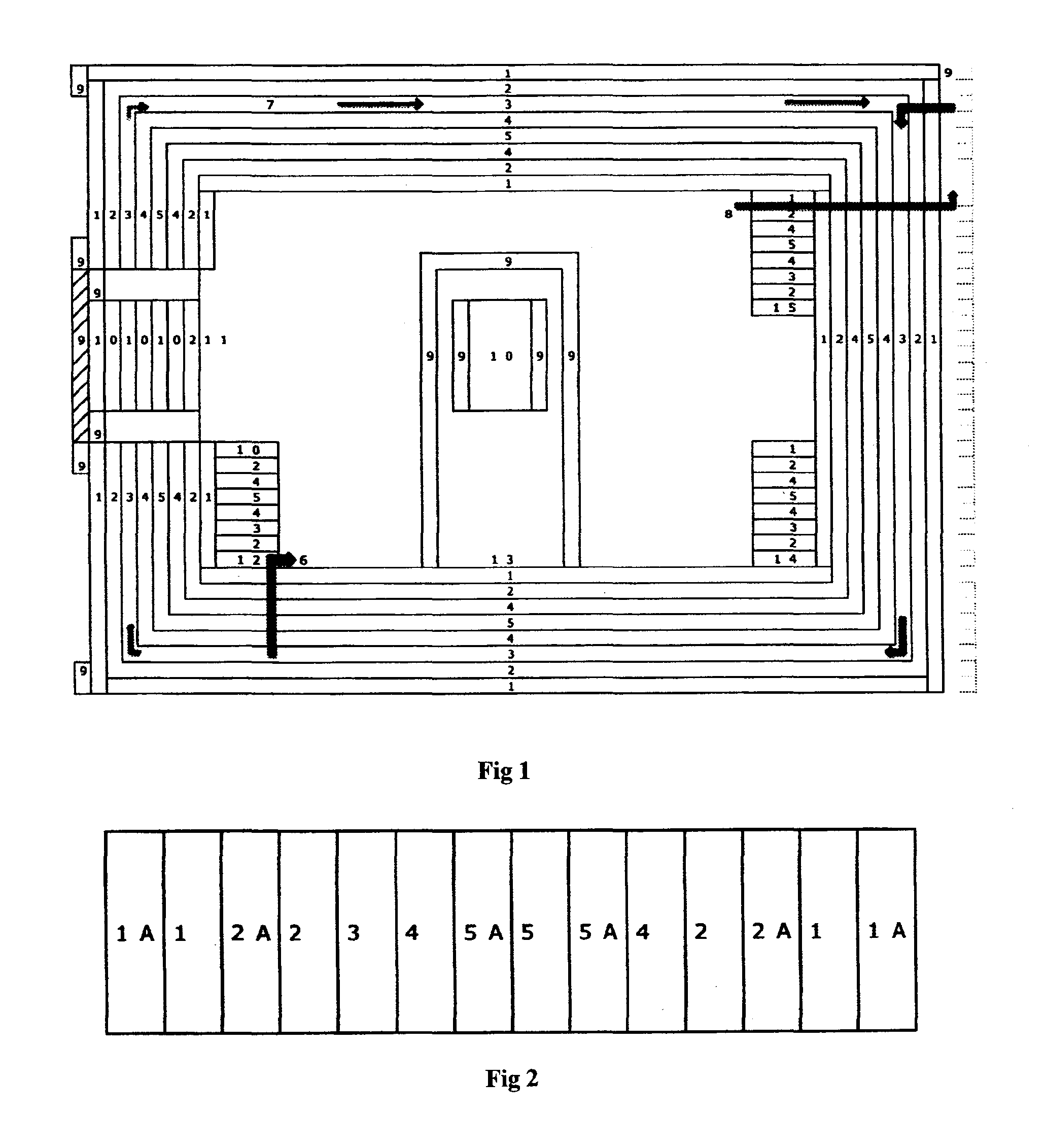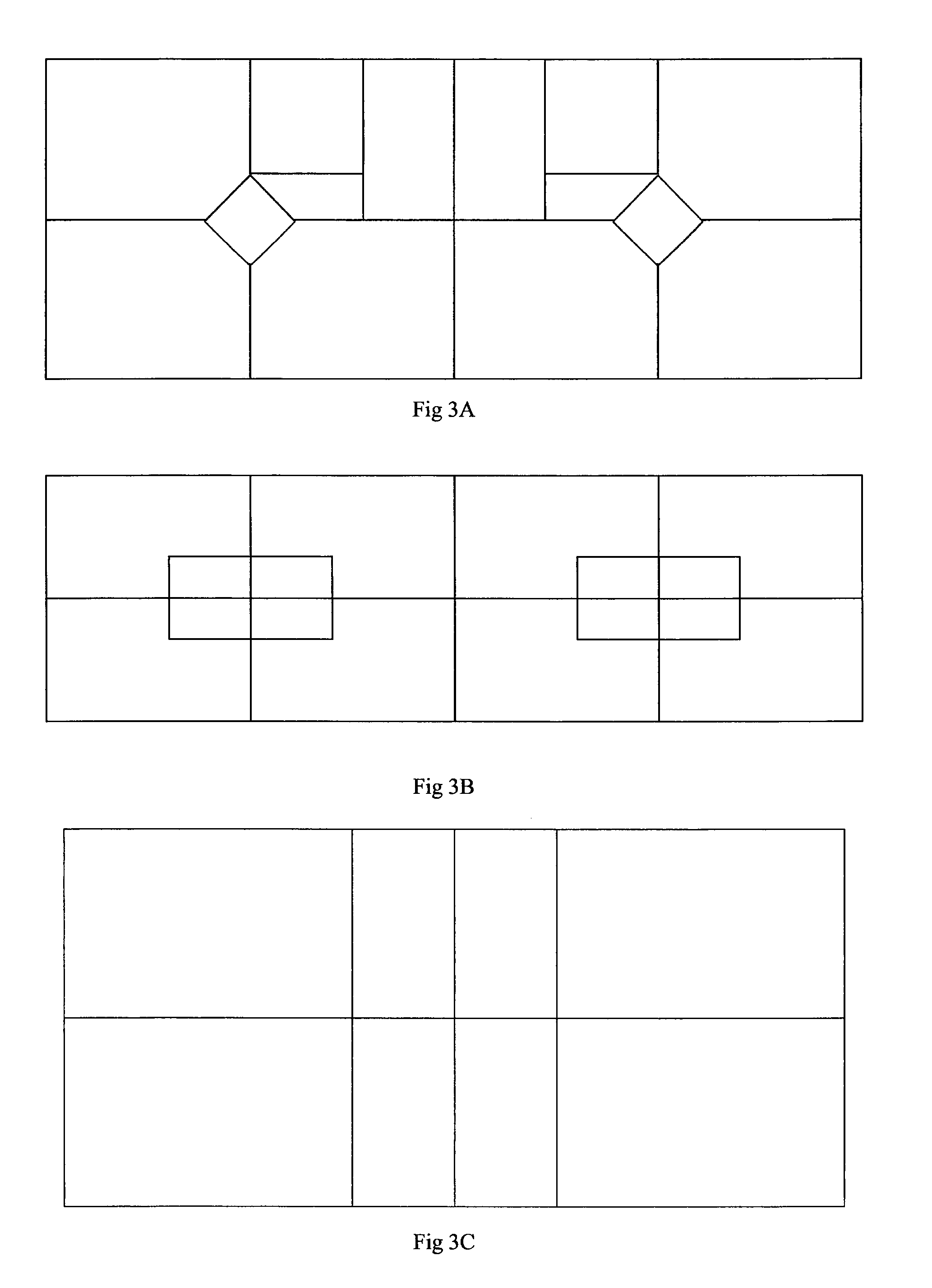Climate positive building envelope for housing
a construction material and envelope technology, applied in the direction of sustainable buildings, solar heat storage, solar collectors for particular environments, etc., can solve the problems of increasing the cost per square meter of retrofit or original exterior insulation, reducing the living space by 10%, and poorly insulated envelopes, so as to achieve better heat- and cooling efficiency and a more healthful living environment.
- Summary
- Abstract
- Description
- Claims
- Application Information
AI Technical Summary
Benefits of technology
Problems solved by technology
Method used
Image
Examples
Embodiment Construction
[0037]To enable environmentally friendly insulation, cooling, heating of building, materials may be used, in which storage for cold and heat and distribution are integrated as units in the buildings' climate envelopes. Construction materials for climate envelopes for buildings wherein the material includes a first and a second layer, and wherein a plurality of intermediate layers are arranged between the first and second layers, characterized in that the intermediate layer in the direction from the first to the second layer comprises insulating material (2), an air gap (3), an outer space (4), a PCM material (5), an inner space and an additional layer of insulating material (2). FIG. 2.
[0038]Construction material for climate envelopes characterized in that said first and second outer layers are made of wood (1) with a surface layer with endothermic effect (1A), that the insulating material is high performance exemplified with heat conductivity in the range of 0.005-0.012 W / (m·K) wit...
PUM
 Login to View More
Login to View More Abstract
Description
Claims
Application Information
 Login to View More
Login to View More - R&D
- Intellectual Property
- Life Sciences
- Materials
- Tech Scout
- Unparalleled Data Quality
- Higher Quality Content
- 60% Fewer Hallucinations
Browse by: Latest US Patents, China's latest patents, Technical Efficacy Thesaurus, Application Domain, Technology Topic, Popular Technical Reports.
© 2025 PatSnap. All rights reserved.Legal|Privacy policy|Modern Slavery Act Transparency Statement|Sitemap|About US| Contact US: help@patsnap.com



